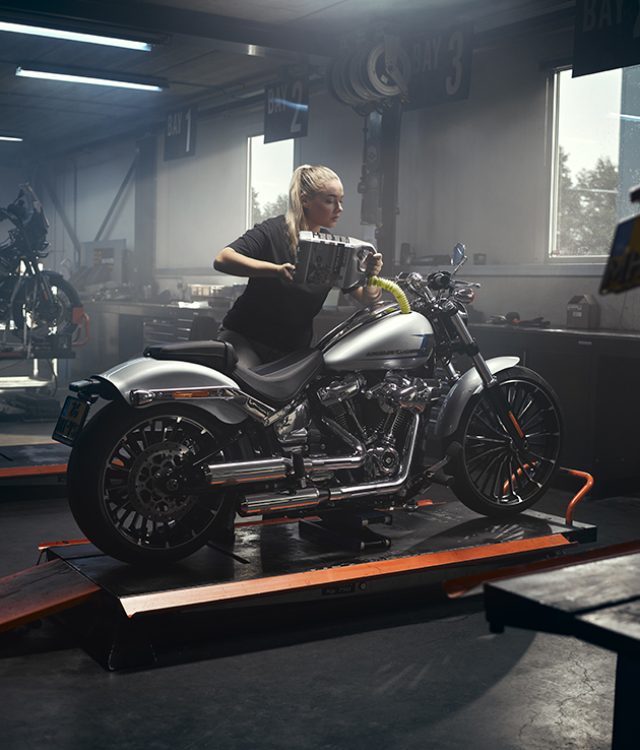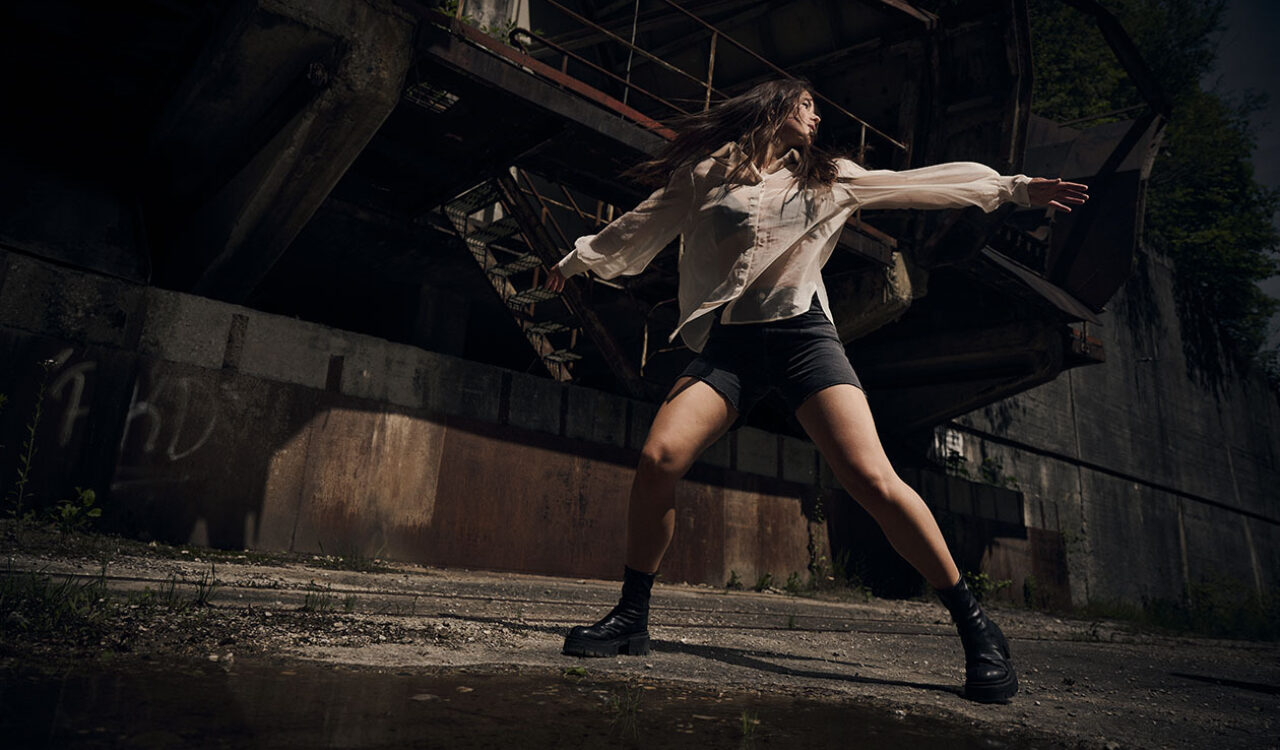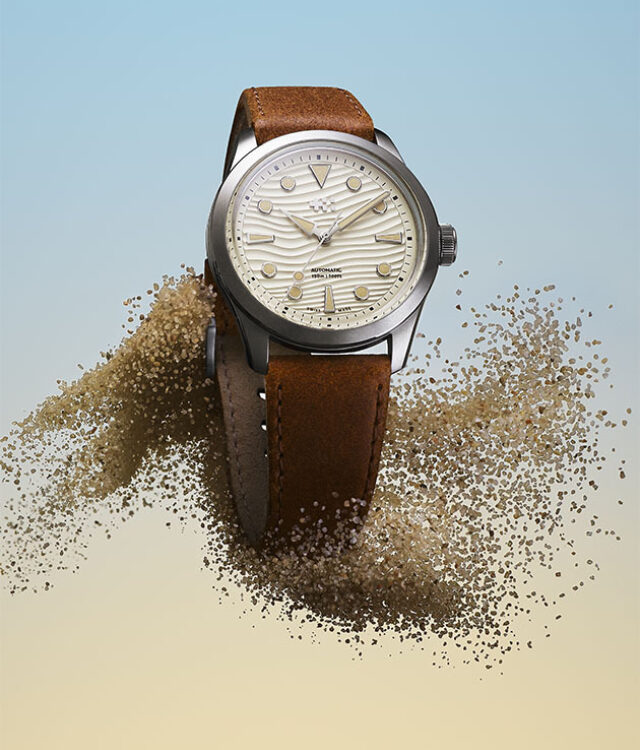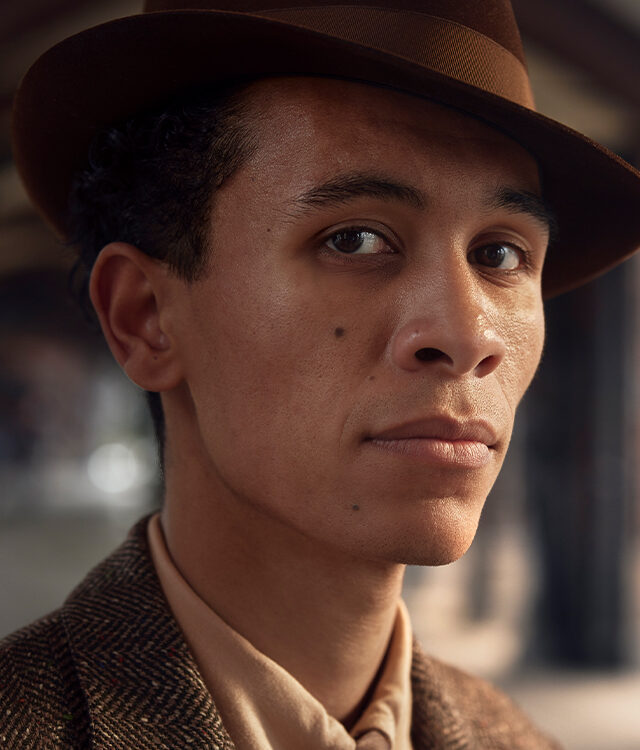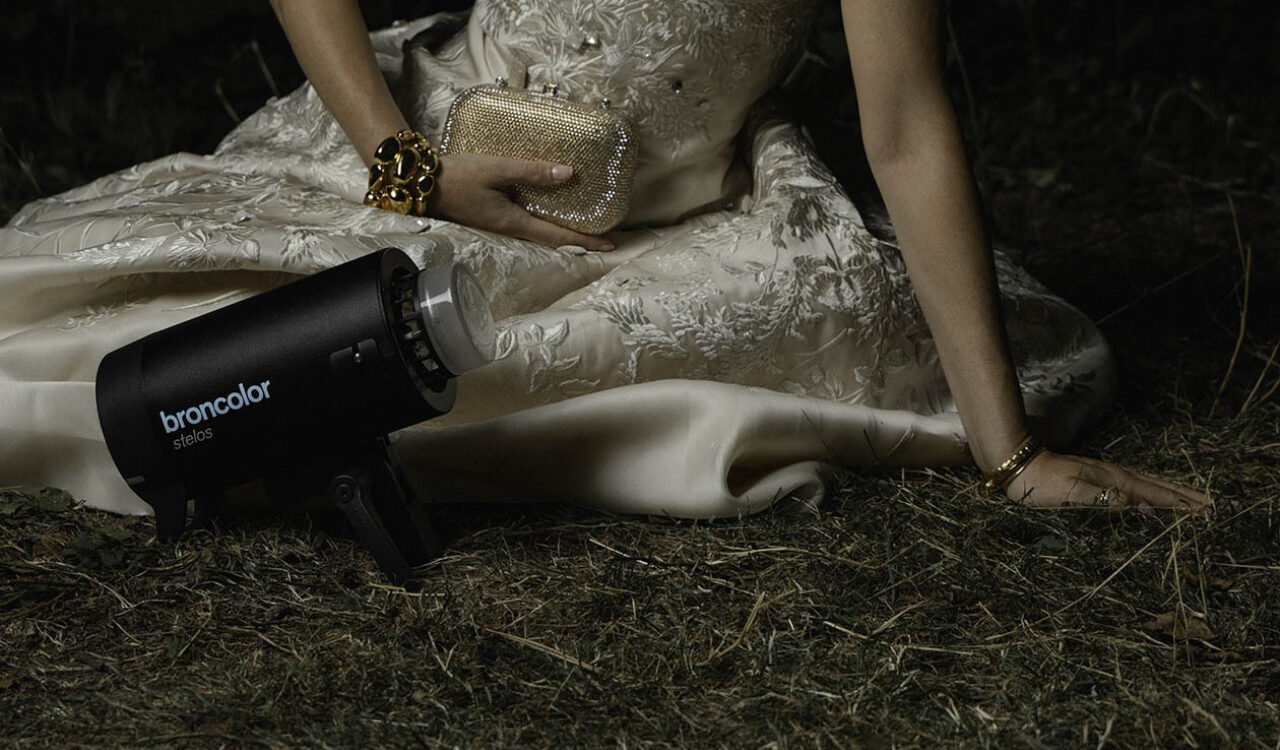Practical lighting overview with the LED F160
At StillMoving we use several different modifiers on a regular basis with the LED F160 lamps. We thought it might be interesting to explore the different ways in which these products perform, to do this we called in our wonderful model Laura, to demonstrate the effects of using these different modifiers.

We’ll be looking at the shaping on her face, the background and how she interacts with it, as well as how we can help to define the edge of her against the background. We had a two-camera setup, one on the wide so you can see everything we’re doing, and then the close-up on Laura. For the purposes of this blog, we have levelled out the exposures in these screen shots. For more information on why we did this you can take a look at the full video breakdown.
We’re starting with a baseline which is just the LED F160 with a bare bulb

Our assistant is spinning this around our model, and we are looking at what this does to shape on her face, how it casts shadows, and where that light is falling, apart from on her. Without any kind of control, you are going to see light falling everywhere.

Softbox 60 x 60
We've got the intermediate level of diffusion, so it's a soft light and we're not getting any harsh shadows. It is all controlled because we're not stringing out on the sides, but it is still going to be a little bit less controlled in something with grid.

In the close-up we can see we are getting a catch light and nice shaping on her face. In general, it is much more pleasing than the bare bulb.

P70 standard reflector
P70 standard reflector gives you a phenomenal amount of level and control, as well as stopping the light from flying around all over the place. But it's still a hard light source, and when we look at the close-up, we can see a little bit of kick back into the lens, so that's something that you have to consider with this when you are using these lamps.

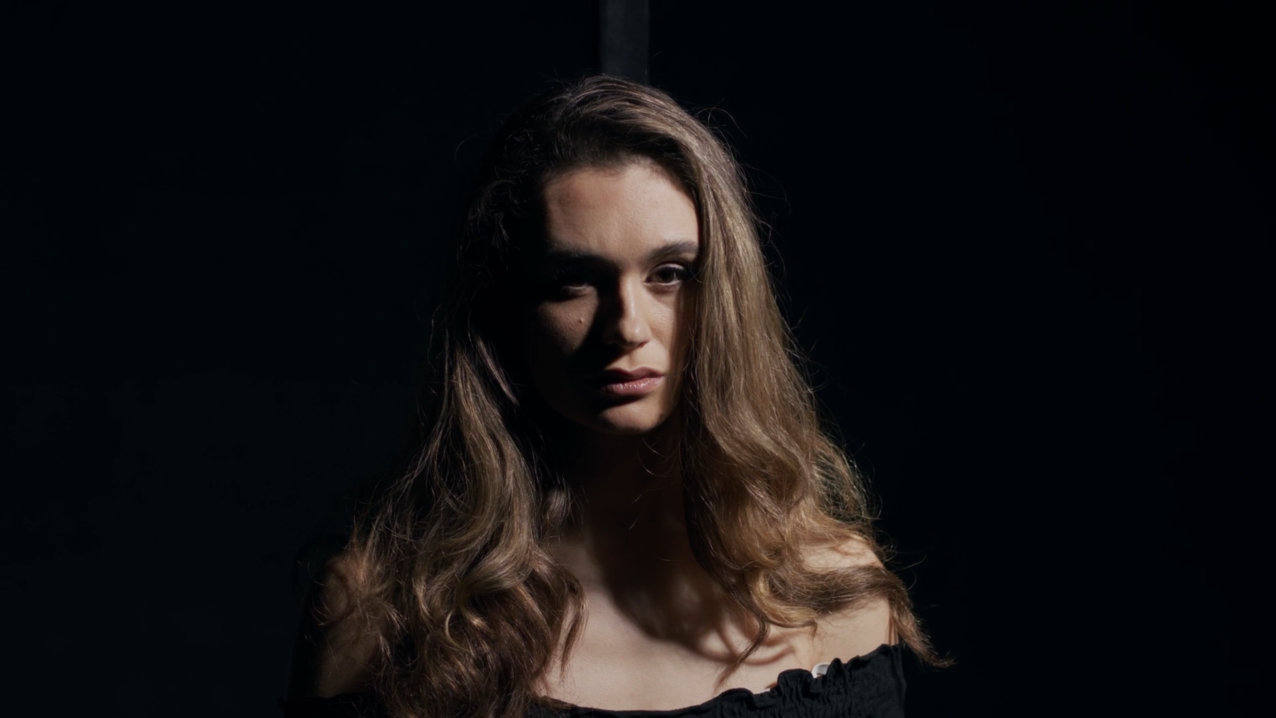
Beauty Dish
This is a lot of people's first choice; you get a lovely round catch light and it gives you all that natural control of having the dome on the Beauty Dish facing forwards.



On the version with diffusion, you're getting a subtle difference in the specular catches across her forehead and her skin looks ever so slightly more matte.
The honeycomb grid is going to control the light as opposed to affect the quality of the light. That control is important and when you start to look at multiple light setups in a smaller space, you perhaps need to think about how you're controlling it and getting the soft light onto your model, as well as being able to control what's falling on the background.
Softbox 30 x 180
This is the softest source we are looking at and the first thing we notice is that this wraps around much further than any of the other light sources, this gives us a sumptuous, soft look. Her whole face is lit up on the left hand side, we get much more fill, and we are getting a bigger catch light in her eyes.


Comparison Beauty Dish - Softbox
When we're looking at the difference between these two, we are going to see that, essentially, the light is still coming from the same direction and we're still getting shadows in the same places. As we step through each of these modifiers you can see the relative softness or hardness of light, compared to the Beauty Dish.
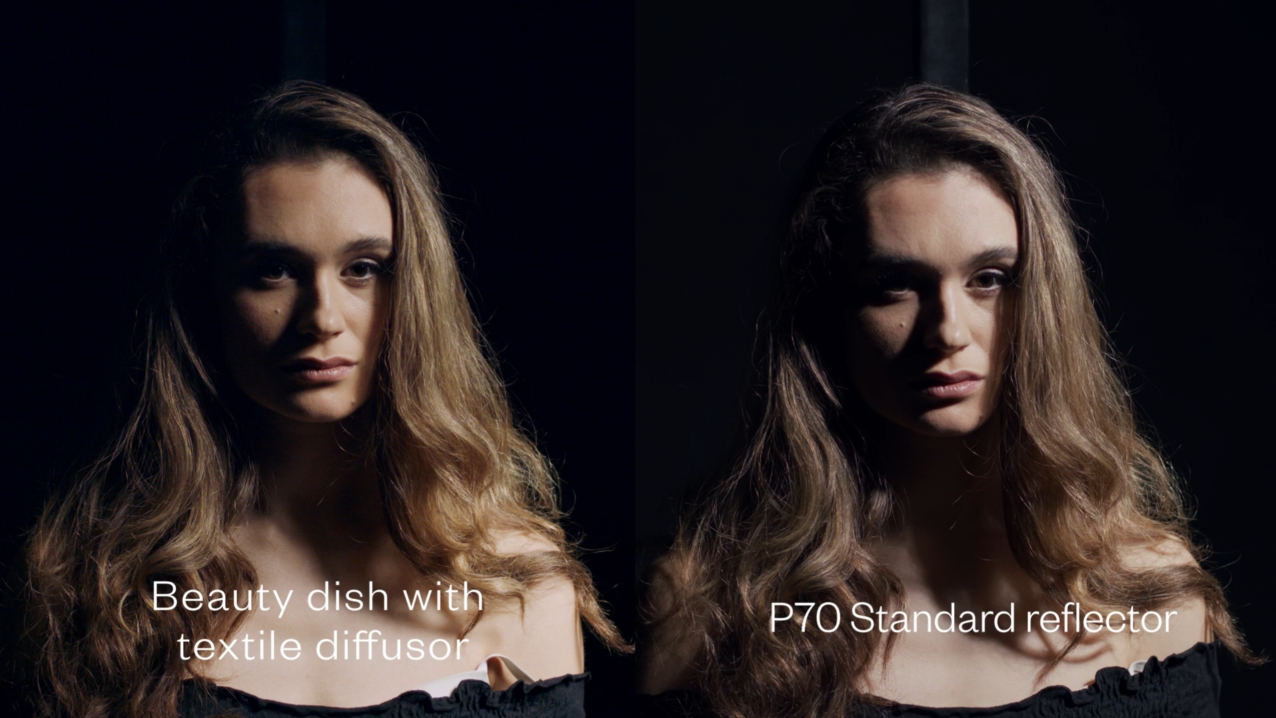


We hope you found this write up useful. To get the full insight into this project, take a look at the full video to see the modifiers in action.







